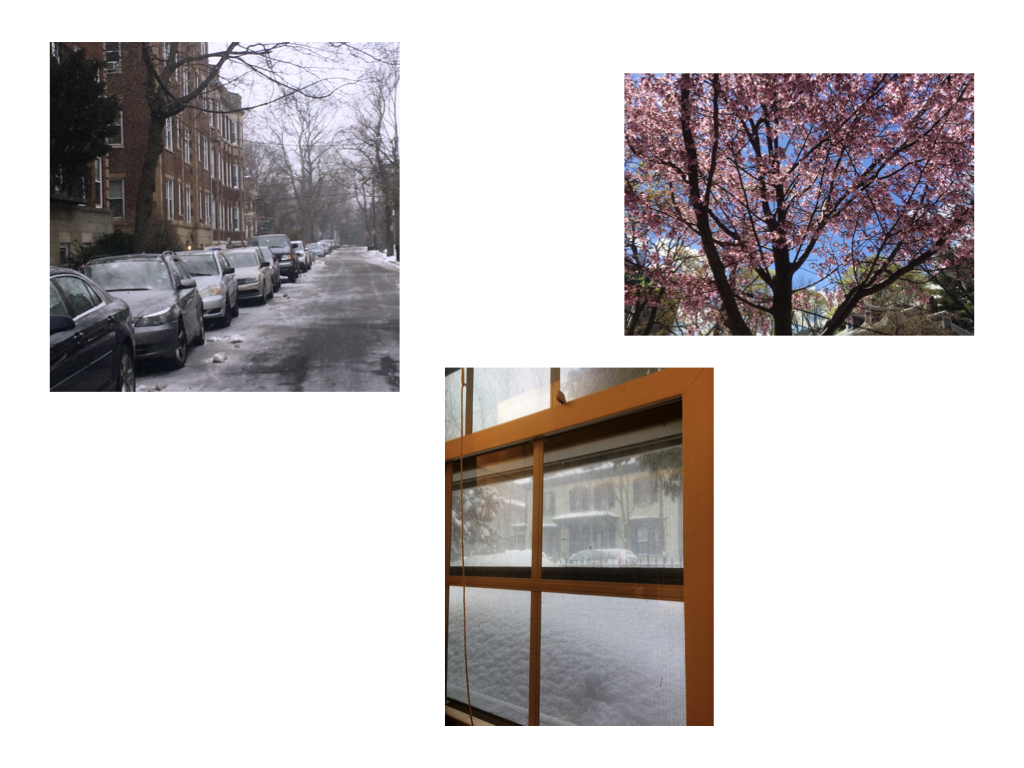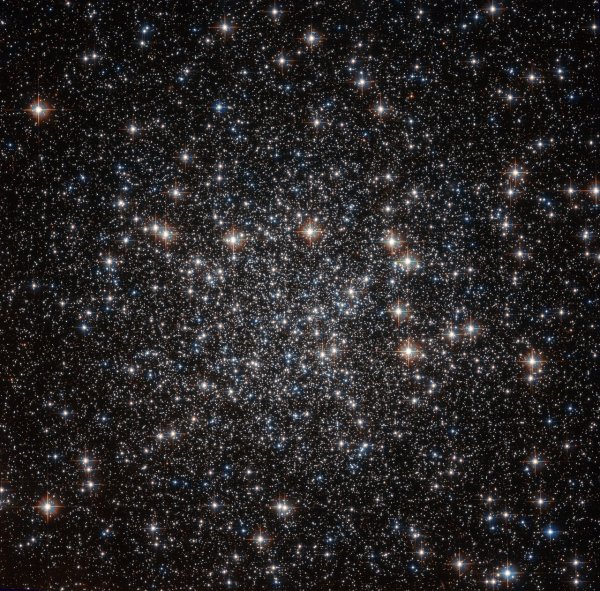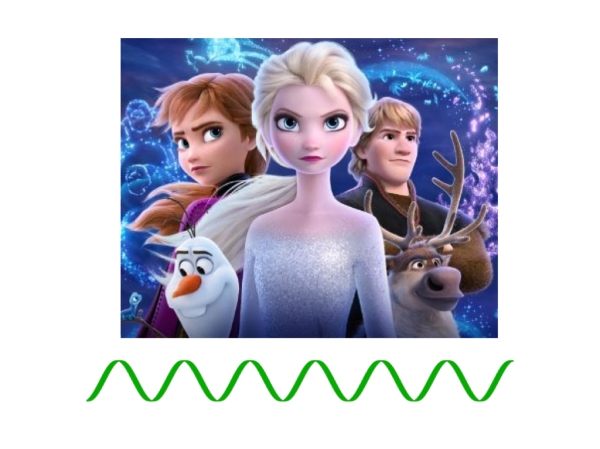Archana Kamal was hunting for an apartment in Cambridge, Massachusetts. She was moving MIT, to work as a postdoc in physics. The first apartment she toured had housed John Updike, during his undergraduate career at Harvard. No other apartment could compete; Archana signed the lease.
The apartment occupied the basement of a red-brick building covered in vines. The rooms spanned no more than 350 square feet. Yet her window opened onto the neighbors’ garden, whose leaves she tracked across the seasons. And Archana cohabited with history.

She’s now studying the universe’s history, as an assistant professor of physics at the University of Massachusetts Lowell. The cosmic microwave background (CMB) pervades the universe. The CMB consists of electromagnetic radiation, or light. Light has particle-like properties and wavelike properties. The wavelike properties include wavelength, the distance between successive peaks. Long-wavelength light includes red light, infrared light, and radio waves. Short-wavelength light includes blue light, ultraviolet light, and X-rays. Light of one wavelength and light of another wavelength are said to belong to different modes.

Does the CMB have nonclassical properties, impossible to predict with classical physics but (perhaps) predictable with quantum theory? The CMB does according to the theory of inflation. According to the theory, during a short time interval after the Big Bang, the universe expanded very quickly: Spacetime stretched. Inflation explains features of our universe, though we don’t know what mechanism would have effected the expansion.
According to inflation, around the Big Bang time, all the light in the universe crowded together. The photons (particles of light) interacted, entangling (developing strong quantum correlations). Spacetime then expanded, and the photons separated. But they might retain entanglement.
Detecting that putative entanglement poses challenges. For instance, the particles that you’d need to measure could produce a signal too weak to observe. Cosmologists have been scratching their heads about how to observe nonclassicality in the CMB. One team—Nishant Agarwal at UMass Lowell and Sarah Shandera at Pennsylvania State University—turned to Archana for help.

Archana studies the theory of open quantum systems, quantum systems that interact with their environments. She thinks most about systems such as superconducting qubits, tiny circuits with which labs are building quantum computers. But the visible universe constitutes an open quantum system.
We can see only part of the universe—or, rather, only part of what we believe is the whole universe. Why? We can see only stuff that’s emitted light that has reached us, and light has had only so long to travel. But the visible universe interacts (we believe) with stuff we haven’t seen. For instance, according to the theory of inflation, that rapid expansion stretched some light modes’ wavelengths. Those wavelengths grew longer than the visible universe. We can’t see those modes’ peak-to-peak variations or otherwise observe the modes, often called “frozen.” But the frozen modes act as an environment that exchanges information and energy with the visible universe.
We describe an open quantum system’s evolution with a quantum master equation, which I blogged about four-and-a-half years ago. Archana and collaborators constructed a quantum master equation for the visible universe. The frozen modes, they found, retain memories of the visible universe. (Experts: the bath is non-Markovian.) Next, they need to solve the equation. Then, they’ll try to use their solution to identify quantum observables that could reveal nonclassicality in the CMB.

Frozen modes
Archana’s project caught my fancy for two reasons. First, when I visited her in October, I was collaborating on a related project. My coauthors and I were concocting a scheme for detecting nonclassical correlations in many-particle systems by measuring large-scale properties. Our paper debuted last month. It might—with thought and a dash of craziness—be applied to detect nonclassicality in the CMB. Archana’s explanation improved my understanding of our scheme’s potential.
Second, Archana and collaborators formulated a quantum master equation for the visible universe. A quantum master equation for the visible universe. The phrase sounded romantic to me.1 It merited a coauthor who’d seized on an apartment lived in by a Pulitzer Prize-winning novelist.
Archana’s cosmology and Updike stories reminded me of one reason why I appreciate living in the Boston area: History envelops us here. Last month, while walking to a grocery, I found a sign that marks the building in which the poet e. e. cummings was born. My walking partner then generously tolerated a recitation of cummings’s “anyone lived in a pretty how town.” History enriches our lives—and some of it might contain entanglement.
&
1It might sound like gobbledygook to you, if I’ve botched my explanations of the terminology.
With thanks to Archana and the UMass Lowell Department of Physics and Applied Physics for their hospitality and seminar invitation.
Comments